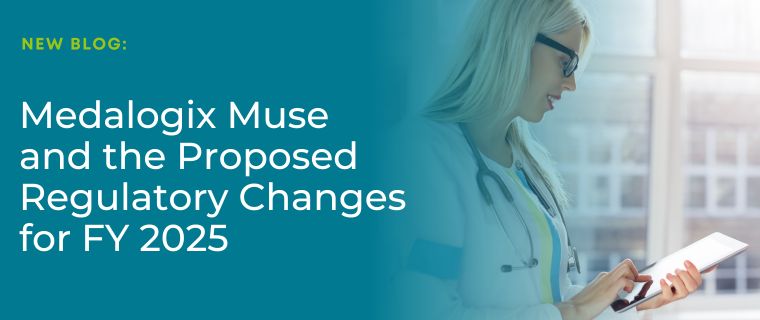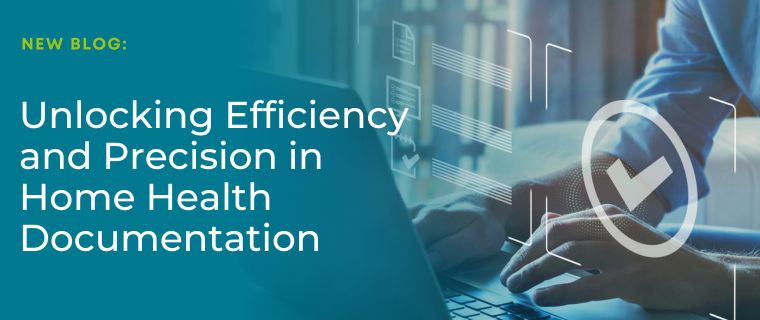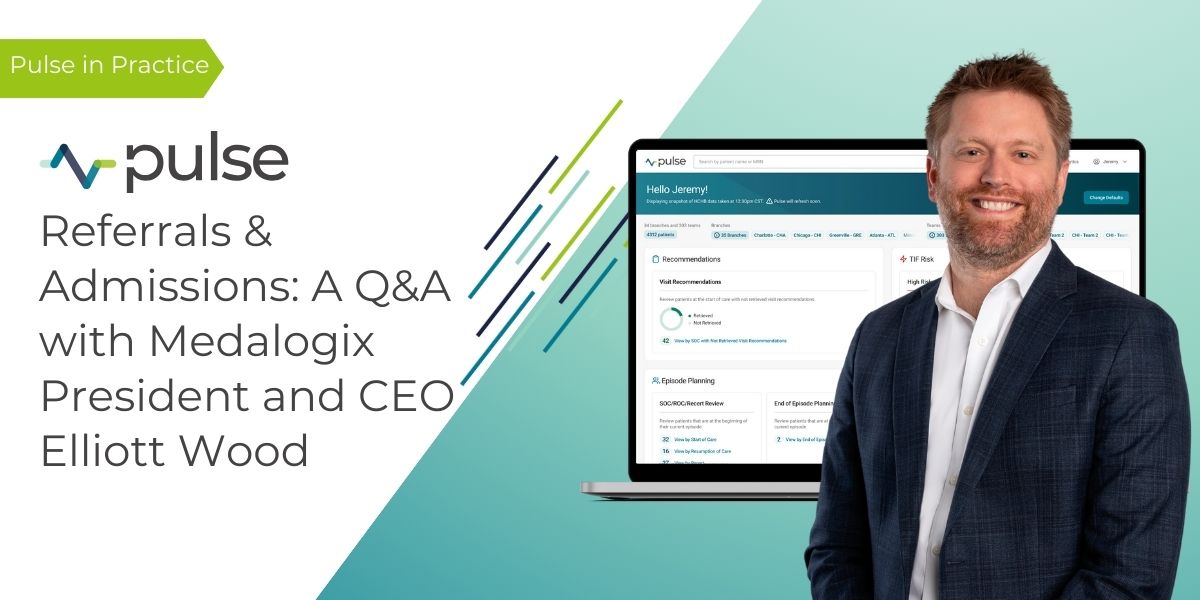The Economics Of End-of-Life Care At TSCPA
Our CEO,Dan Hogan, was a featured speakerattheTennessee Society of CPA’shealthcareconferenceearlier this week. Presenting on the economics of end-of-lifecare, Dan discussed current statistics, studies and proposed rules that could alter end-of-life care in America as well as why America struggles with dying well and how predictive analytics is helping end-of-life care.
If you weren’t able to make it, beloware some highlights from his presentation.
The Economics of End-of-Life Care
We have big needs, more problems and fewer resources. However, we can do more with less by doing less–especially as it pertains to end-of-life care.
70 percent of Americans say they’d prefer to die at home and only 25 percent get their wish.
90 percent of people say that talking with their loved ones about end-of-life care is important but only 27 percent have these sensitive conversations.
80 percent of people say that if seriously ill, they would want to talk with their doctor about end-of-life care, however, only 7 percentreport actually having the end-of-life conversation with their doctor.
These are not only sad truths for patients and their families; these facts are costing the healthcare industry billions of dollars. In 2011, Medicare spent$40 Billion on the last 6 months of life. That’s $222 million a day. Much of the spend shortened patients’ lives rather than extending them.
There are many reasons we don’t die well in our country, but here’s a big one:
Doctors are trained to cure.They look at death as failure. So they treat and treat and treat. Many of these interventions don’t extend but actually shorten patients’ lives. Surgeon, Harvard Professor, author and end-of-life care thought leader, Atul Gawande, describes it like this:
“I learned about a lot of things in medical school, but mortality wasn’t one of them. I was given a dry, leathery corpse to dissect in my first term — but that was solely a way to learn about human anatomy. Our textbooks had almost nothing on aging or frailty or dying. How the process unfolds, how people experience the end of their lives and how it affects those around them? That all seemed beside the point. The way we saw it — and the way our professors saw it — the purpose of medical schooling was to teach us how to save lives, not how to tend to their demise.”
This issue will only get worse. America’s largest generation, Baby Boomers, are reaching old age. As they reach the end of their lives, there will be more patients dying with diminished care quality costing the healthcare system even more.
We need to begin to have compassionate dialogue with our loved ones about end-of-life care. We also have to embrace predictive analytics to better understand when a patient is reaching his final days so we canchange the conversation about death–it’s a natural part of life that doesn’t mean defeat.
Improving the way we die is a simple solution to help begin solvingthe very complex issue that is healthcare.
Medalogixis helping improve the way we die, by helping to predict when patients are most likely to die. We have a predictive modeling technology that helps home health providers understand which patients are most likely to benefit from hospice care. Clinicians can couple this analytics-based information with their own instinct, education and experience to determine if an end-of-life conversation with a patient is appropriate. Agencies using our technology have realized a 30 percent decrease in early death on hospice census. That means, patients who opt for hospice care–dying at home, free from costly and painful interventions–are receiving more of their hospice benefit. They are afforded the opportunity to truly live the final days of their lives.
We’re passionate about the care quality implications of improving end-of-life care. Since I’m talking to a room of CPAs, I’ll close with the financial aspect of all of this. Earlier we talked about the $40 billion spent in a patient’s last 6 mos of life. That’s $222 million a day. If we were to help hospice-appropriate patients, who want hospice care, transfer into hospice care even one day earlier, we could say the system $222 million dollars. And that’s just in one day.
Many elements of this presentation also appeared in Dan’s TedX talk.Here’s a link!
Related Blogs

Medalogix Muse and the Proposed Regulatory Changes for FY 2025
Steven Shelton, MBA, MSN, RN, CHPN; Director, Clinical Services In th...

Unlocking Efficiency and Precision in Home Health Documentation
Home health teams operate in diverse and uncontrolled settings, ranging ...

Pulse Referrals & Admissions: A Q&A with Medalogix President and CEO Elliott Wood
With our new Referrals & Admissions module now available for purchas...


